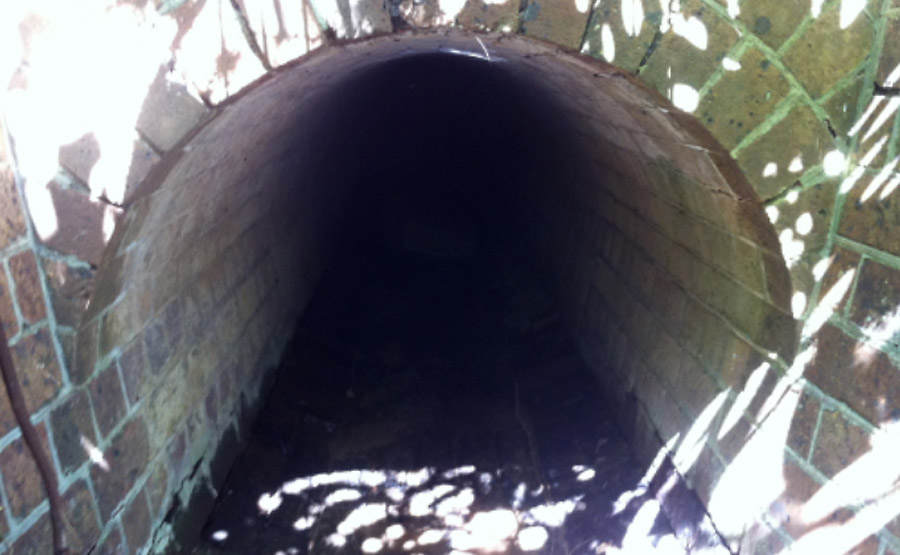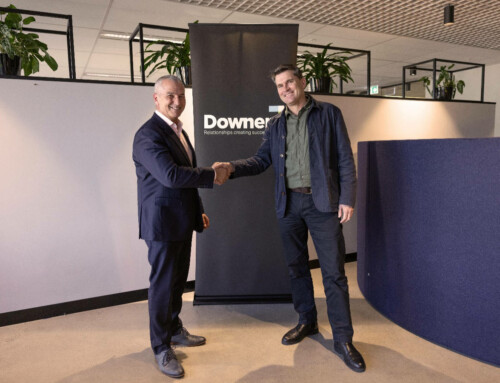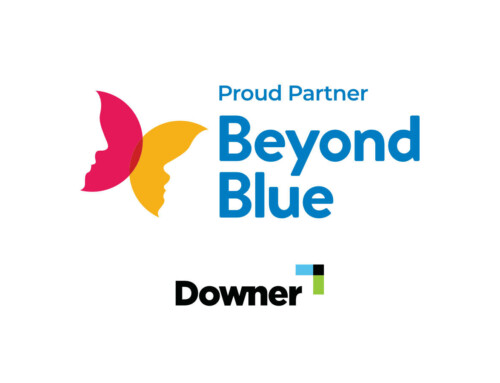A partnership was formed between Downer PipeTech and BKP Berolina to provide a structural lining to a deteriorating stormwater drain which runs under Lawrence Hargrave Drive, Stanwell Park, about 30 minutes south of Sydney on the picturesque South Coast.
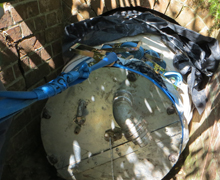
The Roads and Maritime Services (RMS) project involved the structural rehabilitation of a 920mm brick arch stormwater drain using Berolina UV cured liner. The 920mm stormwater drain was 45m in length with a collapsed section at 43m, which was located on a steep embankment at the upstream end. Berolina is used extensively in many countries throughout the world for the structural rehabilitation of sewers, stormwater drains and culverts.
The project involved the repair of the collapsed section of pipe and the rebuild of the nearby inlet chamber prior to installing a structural liner that met AS2566 design standards. RMS required that the delivery of the civils and installation of a structural lining to the existing culvert be completed without affecting the flow of traffic. The collapsed section was repaired and extended using new sections of concrete pipe with a new access chamber constructed to complete the civil component of the original scope of work.
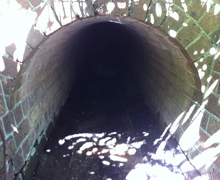
Putting a six metre shaft down at such close proximity to the flow of traffic required careful planning and execution. ITS used temporary concrete traffic barriers, lightweight trench shoring, specialist excavation equipment and dewatering to ensure this portion of the works was completed safely and efficiently. On completion, the culvert was returned to service and awaiting the lining component.
ITS design Berolina UV liners using an independent third party design engineer in accordance with the loadings dictated under the relevant design code. In this case the design conformed to AS2566 and resulted in a liner thickness of 11mm. Due to the impressive mechanical values of Berolina liner their UV cured glass reinforced composite liners can achieve the required design with a significantly thinner wall thickness than competing liners.
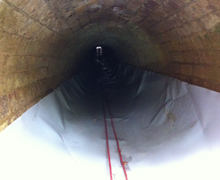 The liner is tailor-made for each pipeline rehabilitation application with regards to length, diameter and wall thickness and utilises corrosion resistant glass fibre, together with a matrix of UV-light initiated polyester resins to provide optimum reinforcement. The reinforcement in combination with the resin creates a liner with a high performance that is ideally suited to harsh environments such as in this application. Lining works were completed in two days.
The liner is tailor-made for each pipeline rehabilitation application with regards to length, diameter and wall thickness and utilises corrosion resistant glass fibre, together with a matrix of UV-light initiated polyester resins to provide optimum reinforcement. The reinforcement in combination with the resin creates a liner with a high performance that is ideally suited to harsh environments such as in this application. Lining works were completed in two days.
Stages of the Berolina installation process
There are three main stages to the Berolina installation process.
1. Cleaning
The stormwater drain is thoroughly cleaned using either jet cleaning or man entry methods. After thorough cleaning, a pre-lining CCTV is carried out to ensure the pipe is clean and ready for the installation.
2. Installation and calibration of liner
A pre-liner gliding foil is pulled through the pipe, which enables protection and a smooth installation of the liner. This procedure is known as the “winched in place procedure”. The two ends of the liner are closed with end cans and the liner is carefully inflated with approx. 0.5 bar (7.5 psi) of compressed air, and then pressed onto the pipe wall. At this point the outer film of the Berolina-Liner prevents contamination from soil and ground water as well as penetration of uncured resin into any laterals. The Berolina-Liner now adapts itself positively to all changes in the cross-section and profile.
Whilst the liner is inflated the UV light train is drawn through from one end to the other ready to begin the curing process. One of the advantages of the Berolina system is that the uncured Berolina- Liner can be inspected during this drawing-in phase using the on-board cameras located on the UV-light source.
3. Curing the Liner
Following calibration, the UV-light source is ignited and drawn through the Berolina-Liner at a defined speed, which varies according to the diameter and wall thickness of the Berolina-Liner. The liner is cured through the UV-light causing a reaction in the UV initiator which starts the crystallisation of the resin and forms a hardened glass reinforced composite pipe. The protective inner film is removed after curing.
The Berolina-Liner is cured by using UV-light with the process being emission-free due to the liner being sealed-off by the end caps. This process is temperature-independent and causes far less CO
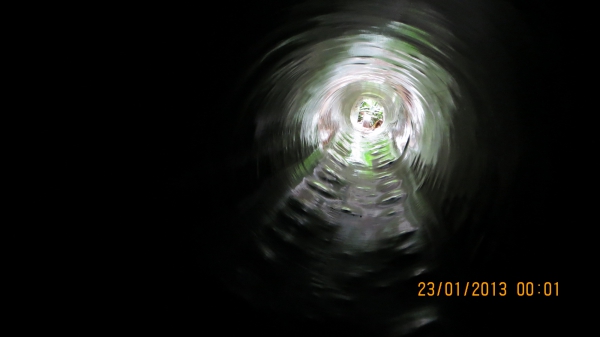
The liner installed
The Stormwater drain was completed on time and without incident, with no impact to the operation of the highway above. The use of the Berolina system resulted in substantial time and cost savings over alternative rehabilitation options. RMS said the lining system offered an environmentally friendly solution for culvert renewal that they could confidently use in the future.
